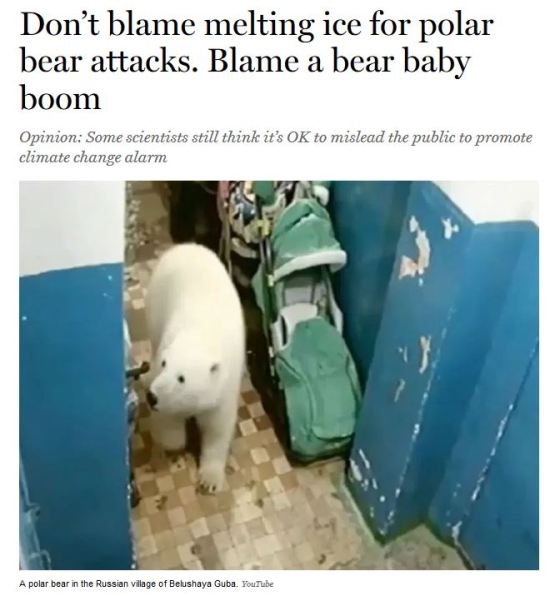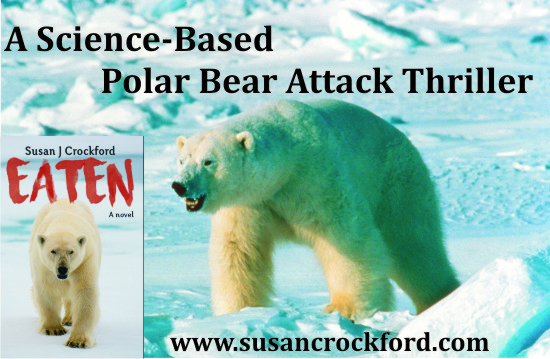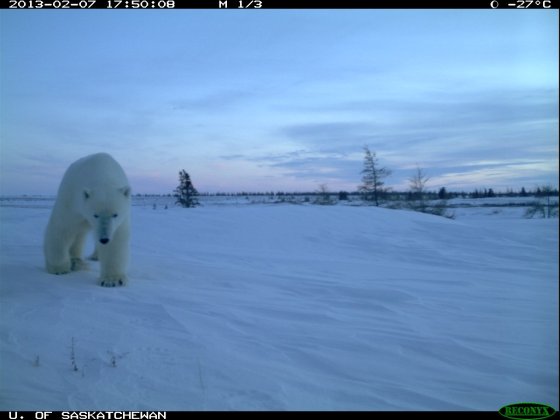As you plan your Amazon Black Friday/Cyber Monday shopping (see the deals in the US here, in Canada here, in the UK here), don’t forget to add a few polar bear books to your order to give as gifts to relatives, friends, and local libraries. Although price cuts don’t appear to extend to my books, there are other good book offers and free shipping deals, and I’ve designed a special bonus offer to brighten your gift package.
 Special bonus: I’ve made two polar bear bookmarks and a postcard-sized personal note signed by me to include with your gift. Find the bookmark for kids here and one for adults here (both three per page), and the person note here (four per page) as downloadable pdfs to print out on heavy photo paper or card stock.
Special bonus: I’ve made two polar bear bookmarks and a postcard-sized personal note signed by me to include with your gift. Find the bookmark for kids here and one for adults here (both three per page), and the person note here (four per page) as downloadable pdfs to print out on heavy photo paper or card stock.
My thriller (EATEN: A novel) couldn’t be more relevant this year: remember that while 2016 had the second lowest coverage of summer sea ice since 1979, the East Coast of Canada had much thicker spring ice than average this year. As a result, Newfoundland and Labrador in particular experienced heavy ice conditions and were inundated with polar bears.
And as described in my novel under similar circumstances, Newfoundland in 2017 had the most sightings ever recorded and was a wakup call that polar bears really could become the kind of wildlife problem that EATEN describes. This food-for-thought thriller is a great gift for teenagers and adults alike.
Don’t forget the science! Polar bear science got a recent boost with my books for kids and adults that relays facts without fearmongering. Expand the minds of those around you and give them something to think about. Both are perfect library donations.
There’s even a preschooler picture book version (Polar Bears Have Big Feet) so they don’t feel left out if older siblings or parents have their age-appropriate books (Polar Bear Facts & Myths for ages 7 and up — the first ever for this age group, which is also available in French and German — and Polar Bears: Outstanding Survivors of Climate Change for adults and teens).

 The Polar Bear Catastrophe That Never Happened explains why the catastrophic decline in polar bear numbers we were promised in 2007 failed to materialize. It’s the layman’s story of how and why the polar bear came to be considered `Threatened’ with extinction and tracks the species rise and fall as an icon of the global warming movement. The book also tells the story of my role in bringing that failure to public attention – and the backlash against me that ensued.
The Polar Bear Catastrophe That Never Happened explains why the catastrophic decline in polar bear numbers we were promised in 2007 failed to materialize. It’s the layman’s story of how and why the polar bear came to be considered `Threatened’ with extinction and tracks the species rise and fall as an icon of the global warming movement. The book also tells the story of my role in bringing that failure to public attention – and the backlash against me that ensued.
 Special bonus: I’ve made two polar bear bookmarks and a postcard-sized personal note signed by me to include with your gift. Find the bookmark for kids
Special bonus: I’ve made two polar bear bookmarks and a postcard-sized personal note signed by me to include with your gift. Find the bookmark for kids 



